Understanding the costs associated with shipping a container from China to the UAE is crucial for any business involved in international trade. Accurate cost estimation allows for better budgeting, pricing strategies, and financial planning. It also helps businesses avoid unexpected charges and ensures smoother operations throughout the supply chain. By comprehending the various components that contribute to the total shipping cost, businesses can make informed decisions, optimize their logistics processes, and ultimately, enhance their profitability.
Overview of China-UAE Trade Relations
China and the UAE have developed a robust trade relationship over the years. China is the UAE’s largest trading partner, with trade between the two countries reaching impressive figures. According to the UAE Ministry of Economy, non-oil trade between China and the UAE was valued at approximately USD 50 billion in 2021. This strong trade relationship is driven by the complementary nature of the two economies, with China exporting machinery, electronics, textiles, and a wide range of consumer goods to the UAE, while the UAE exports petrochemicals, aluminum, and other products to China. Understanding the intricacies of container shipping costs between these two nations is vital for businesses looking to capitalize on this thriving trade corridor.

Factors Affecting Container Shipping Costs
Shipping Route and Distance
The distance and complexity of the shipping route significantly impact the overall cost of transporting a container. Routes from major Chinese ports like Shanghai, Shenzhen, and Ningbo to ports in the UAE such as Jebel Ali Port in Dubai or Khalifa Port in Abu Dhabi will have different transit times and associated costs. Longer routes or those passing through congested or high-risk areas may incur higher charges due to increased fuel consumption and additional security measures.
Type of Container (20ft vs 40ft)
The type of container used also plays a crucial role in determining shipping costs. A 20ft container typically costs less to ship than a 40ft container. However, the choice between these two types depends on the volume and nature of the cargo. For instance, if the cargo volume is substantial, opting for a 40ft container might be more cost-effective due to the larger capacity and the potential for consolidating shipments, thus reducing the per-unit shipping cost.
Seasonal Demand Fluctuations
Shipping costs can vary significantly based on seasonal demand. Peak seasons, such as the months leading up to major holidays or festivals, often see a surge in shipping rates due to increased demand for cargo space. Conversely, during off-peak seasons, shipping rates may be lower. Businesses need to plan their shipments strategically, taking these seasonal fluctuations into account to optimize their shipping costs.
Fuel Prices
Fuel prices are a major component of shipping costs. Fluctuations in global oil prices can directly affect the cost of shipping a container. When fuel prices rise, shipping companies often impose fuel surcharges to cover the increased costs, which are then passed on to the shippers. Monitoring fuel price trends and understanding how they impact shipping rates is essential for accurate cost estimation.
Port Charges and Handling Fees
Port charges and handling fees at both the origin and destination ports can add a significant amount to the total shipping cost. These charges include terminal handling charges, documentation fees, and other port-specific tariffs. Each port has its own fee structure, which can vary based on the type of cargo and the services required. Businesses need to factor in these costs when calculating their total shipping expenses.
Customs Clearance Fees
Customs clearance is a mandatory process for international shipments, and it involves various fees and charges. These can include duties, taxes, and other levies imposed by the customs authorities in both China and the UAE. Additionally, there may be fees for customs brokerage services, which assist in the smooth clearance of goods through customs. Understanding the customs clearance process and associated costs is vital for accurate budgeting.
Insurance Costs
Shipping cargo internationally carries inherent risks, including damage, theft, or loss during transit. Insurance services provide protection against these risks, but they also add to the total shipping cost. The cost of insurance depends on the value of the cargo, the level of coverage required, and the shipping route. Businesses must weigh the benefits of comprehensive insurance coverage against its cost to ensure their cargo is adequately protected.
Understanding these factors is essential for businesses to effectively manage and control their shipping costs. By partnering with a reliable freight forwarder like Dantful International Logistics, businesses can gain access to expert advice, cost-saving strategies, and comprehensive shipping solutions tailored to their specific needs.
20ft Container Cost Analysis
Typical Costs for 20ft Container Shipping from China to UAE
The cost of shipping a 20ft container from China to the UAE varies based on several factors but generally ranges from $1,000 to $3,000. This cost includes basic freight charges but can fluctuate due to changes in fuel prices, seasonal demand, and additional services required.
Cost Breakdown
To understand the overall cost, it’s essential to break down the individual components:
| Cost Component | Approximate Cost Range |
|---|---|
| Basic Freight Charges | $800 – $1,500 |
| Terminal Handling Charges | $200 – $500 |
| Documentation Fees | $50 – $100 |
| Insurance | 0.5% – 2% of cargo value |
| Customs Clearance Fees | $100 – $300 |
| Fuel Surcharges | Variable |
Historical Trends and Recent Changes
Historically, the cost of shipping a 20ft container has been influenced by global economic conditions, trade policies, and geopolitical events. Recent trends show that the Covid-19 pandemic and subsequent supply chain disruptions have led to significant increases in shipping costs. However, as the global economy stabilizes, these costs are expected to normalize to some extent.
40ft Container Cost Analysis
Typical Costs for 40ft Container Shipping from China to UAE
Shipping a 40ft container generally costs more than a 20ft container, with prices ranging from $1,500 to $4,500. This cost reflects the larger volume and weight capacity of the 40ft container, making it suitable for bulk shipments.
Cost Breakdown
A comprehensive breakdown of the costs for a 40ft container is as follows:
| Cost Component | Approximate Cost Range |
|---|---|
| Basic Freight Charges | $1,200 – $2,500 |
| Terminal Handling Charges | $300 – $600 |
| Documentation Fees | $50 – $100 |
| Insurance | 0.5% – 2% of cargo value |
| Customs Clearance Fees | $150 – $400 |
| Fuel Surcharges | Variable |
Historical Trends and Recent Changes
Similar to 20ft containers, the cost of shipping 40ft containers has been impacted by global events. In particular, the Suez Canal blockage and port congestions have contributed to recent cost spikes. However, long-term trends indicate that shipping expenses will likely stabilize as global logistics networks recover.
Comparison: 20ft vs 40ft Container Costs
Cost Comparison Table
A side-by-side comparison of the costs for 20ft and 40ft containers:
| Cost Component | 20ft Container | 40ft Container |
|---|---|---|
| Basic Freight Charges | $800 – $1,500 | $1,200 – $2,500 |
| Terminal Handling Charges | $200 – $500 | $300 – $600 |
| Documentation Fees | $50 – $100 | $50 – $100 |
| Insurance | 0.5% – 2% | 0.5% – 2% |
| Customs Clearance Fees | $100 – $300 | $150 – $400 |
| Fuel Surcharges | Variable | Variable |
When to Choose 20ft Over 40ft Containers and Vice Versa
Choosing between a 20ft and 40ft container depends on the volume and weight of your cargo:
- 20ft Container: Ideal for smaller shipments or when shipping goods of moderate volume. It’s cost-effective for businesses looking to minimize shipping expenses for smaller loads.
- 40ft Container: Best suited for bulk shipments or larger items. While it has a higher upfront cost, the per-unit shipping cost is lower, making it more economical for shipping large volumes.
Shipping From China to Middle East Countries:
- Shipping from China to Saudi Arabia
- Shipping from China to UAE
- Shipping from china to KUWAIT
- Shipping From China To EGYPT
- Shipping from China to Bahrain
- Shipping From China To Jordan
- Shipping From China To Israel
- Shipping from China to Qatar
- Shipping From China To IRAQ
- Shipping from China to Iran
Shipping Options and Transit Times
Ocean Freight Options:
Several ocean freight services are available for shipping from China to the UAE. These include Full Container Load (FCL) and Less than Container Load (LCL) options, as well as specialized services like refrigerated containers for perishable goods.
Typical Transit Times
Transit times vary depending on the port of origin and destination. On average, it takes about 20 to 30 days for a container to ship from major Chinese ports like Shanghai or Shenzhen to UAE ports such as Jebel Ali in Dubai.
ddp (Delivered Duty Paid) Options
ddp shipping is a comprehensive service where the seller assumes responsibility for shipping and customs duties. It provides convenience and cost predictability, making it an attractive option for businesses looking to streamline their logistics.
Additional Services by Freight Forwarders
Customs Clearance Assistance
Navigating customs regulations can be challenging. Reliable freight forwarders like Dantful International Logistics offer expert customs clearance services to ensure your goods pass through customs smoothly and without unnecessary delays.
Warehouse Services
If your shipment requires storage before final delivery, warehouse services are available to safely store your goods. These services can include inventory management, packaging, and distribution, providing a seamless logistics solution.
Insurance Services
Shipping involves risks such as damage or loss. Insurance services safeguard your investment by covering potential losses, offering peace of mind during the shipping process.
Tips for Reducing Shipping Costs
Consolidating Shipments
Combining smaller shipments into a single container can reduce costs by maximizing the container’s capacity, thereby lowering the per-unit shipping expense.
Negotiating with Freight Forwarders
Establishing a good relationship with your freight forwarder can lead to better rates and terms. Regular business and long-term contracts often yield discounts and preferential treatment.
Planning Shipments During Off-Peak Seasons
Shipping during off-peak seasons when demand is lower can result in cost savings. Avoiding peak seasons such as holidays or production periods can help secure lower rates.
Dantful International Logistics Services:
- Dantful Ocean Freight Services
- Air Freight From China
- Amazon FBA Freight Forwarding
- WAREHOUSE Services
- One-Stop Customs Clearance Solution
- Cargo Insurance Services in China
- DDP Shipping Services By Dantful Logistics
- Out of Gauge Cargo Transportation Shipping Services
Why Choose Dantful International Logistics
Dantful International Logistics offers a comprehensive range of services, including customs clearance, warehouse services, insurance, and ddp shipping. With a focus on providing high-quality, cost-effective logistics solutions, Dantful is well-equipped to handle your shipping needs from China to the UAE.
Another important thing is the cost. We have contracts with all the big carriers and Courier companies. As a result, we can offer UAE customers better prices than any other company in China.
The experts will take care of all your shipments. We also have a dedicated customs department in the UAE, which is always updated in accordance with the UAE Customs policy.
Advantages of Using Dantful for China-UAE Shipping
Partnering with Dantful provides several benefits:
- Expert knowledge of international shipping regulations
- Customized solutions tailored to your business needs
- Competitive pricing and transparent cost structures
- Reliable and timely delivery services
For a seamless and cost-effective shipping experience, contact Dantful International Logistics today for a customized quote tailored to your specific needs. Let us help you navigate the complexities of international shipping and ensure your cargo reaches its destination safely and efficiently.
References
- World Bank – Trading Across Borders
- Official Website: World Bank
- Description: Covers various aspects of global trade, including import and export procedures and costs.
- Drewry Shipping Consultants – Container Freight Rates
- Official Website: Drewry
- Description: Provides detailed analysis and data on the container and shipping market.
- Freightos Baltic Index (FBX)
- Official Website: Freightos
- Description: A container freight index based on real-time market data, offering freight rate trends for major global trade routes.
- International Maritime Organization (IMO) – Fuel Prices
- Official Website: IMO
- Description: Provides the latest information on marine fuel prices and their impacts.

Young Chiu is a seasoned logistics expert with over 15 years of experience in international freight forwarding and supply chain management. As CEO of Dantful International Logistics, Young is dedicated to providing valuable insights and practical advice to businesses navigating the complexities of global shipping.


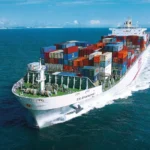



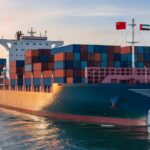

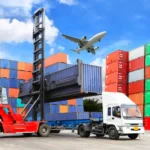
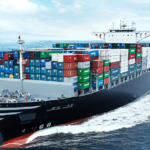

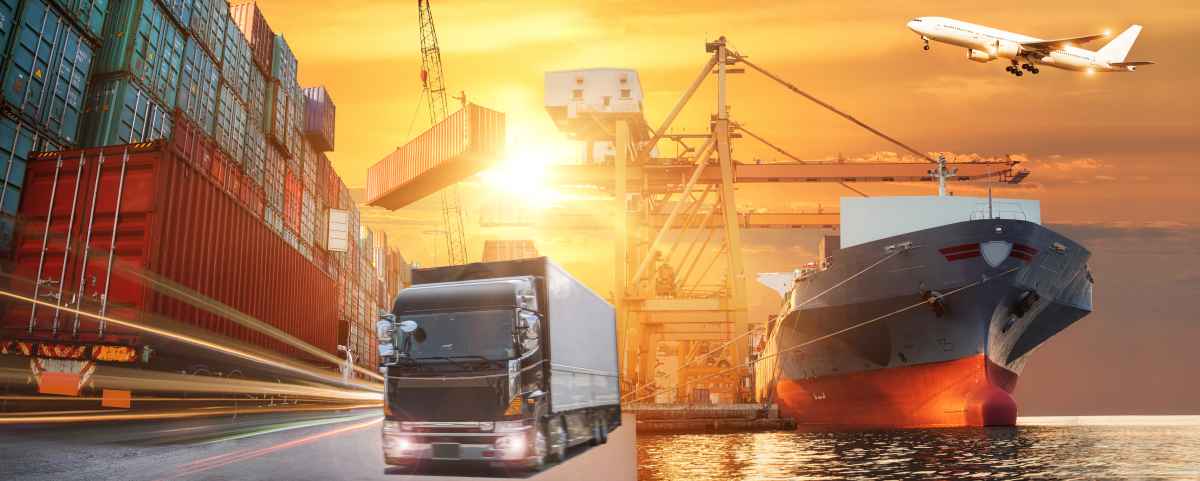
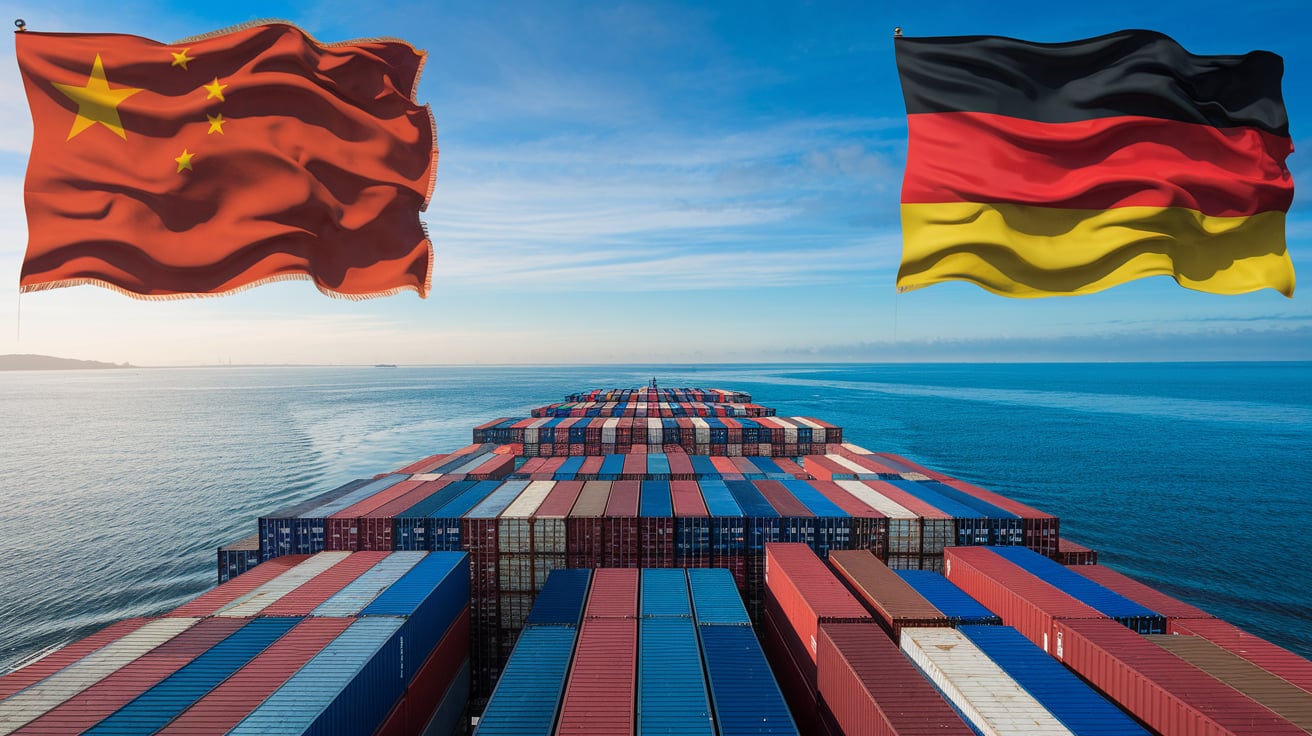
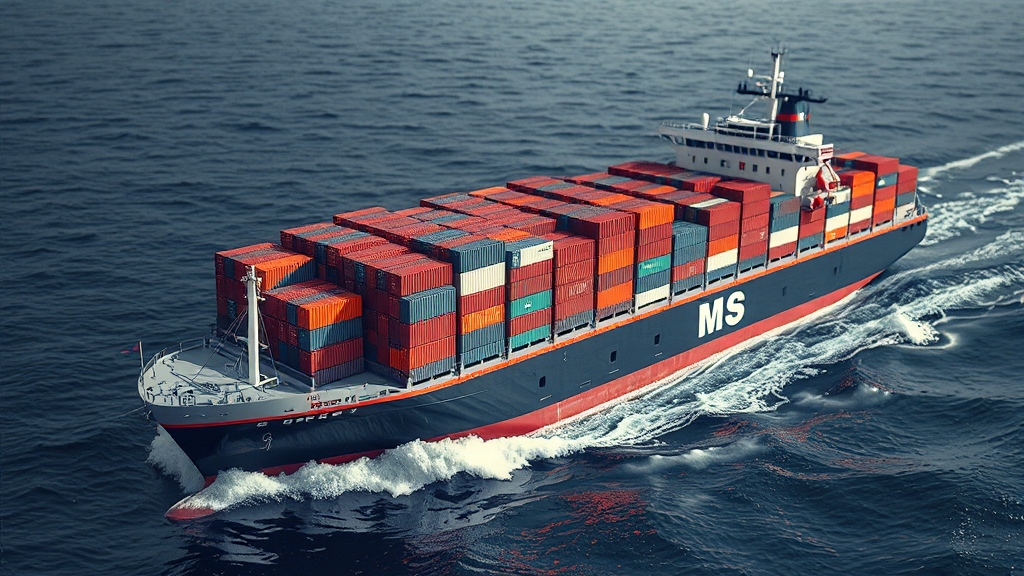
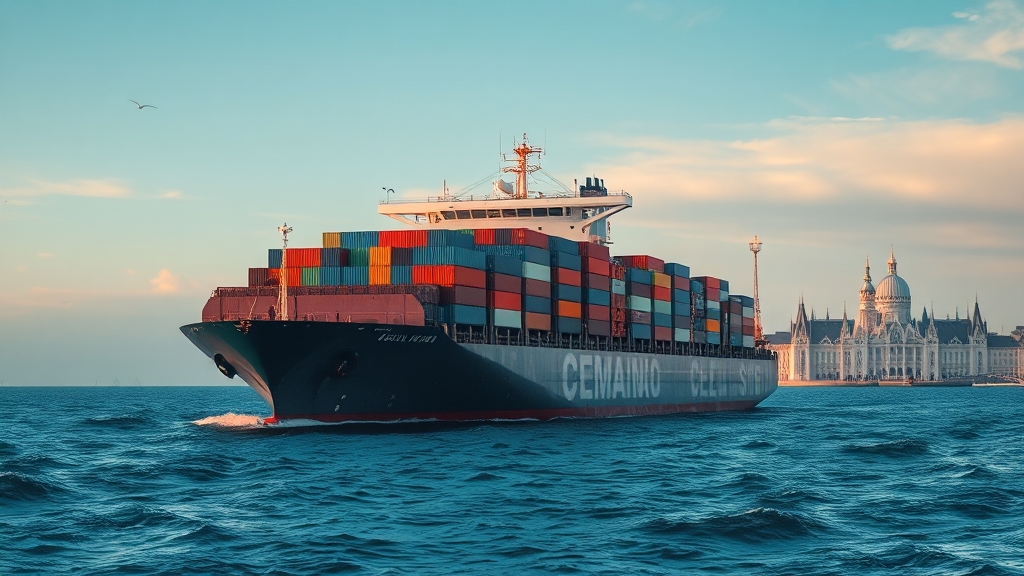
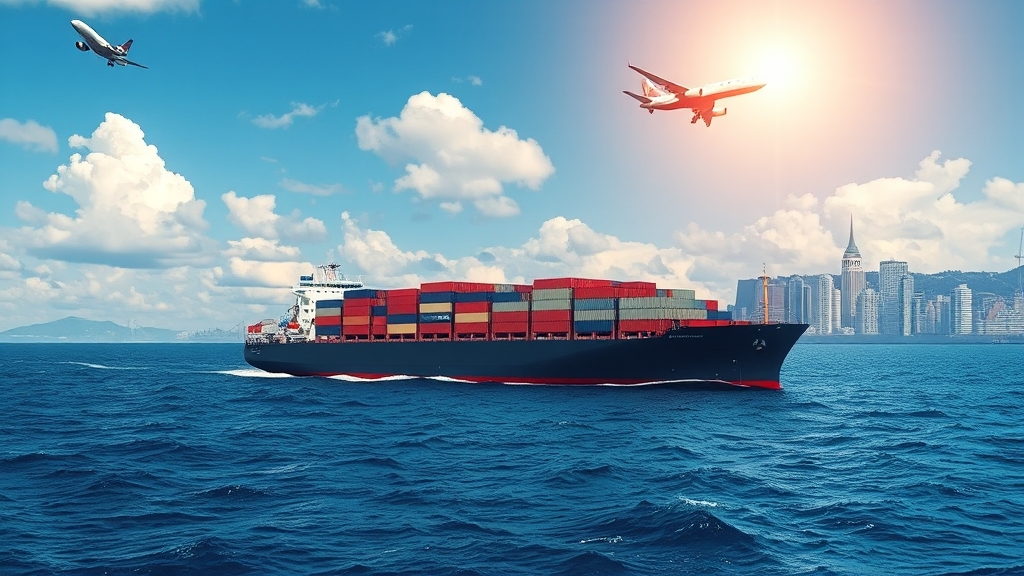





 Afrikaans
Afrikaans Shqip
Shqip አማርኛ
አማርኛ العربية
العربية Հայերեն
Հայերեն Azərbaycan dili
Azərbaycan dili Euskara
Euskara Беларуская мова
Беларуская мова বাংলা
বাংলা Bosanski
Bosanski Български
Български Català
Català Cebuano
Cebuano Chichewa
Chichewa 简体中文
简体中文 繁體中文
繁體中文 Corsu
Corsu Hrvatski
Hrvatski Čeština
Čeština Dansk
Dansk Nederlands
Nederlands English
English Esperanto
Esperanto Eesti
Eesti Filipino
Filipino Suomi
Suomi Français
Français Galego
Galego ქართული
ქართული Deutsch
Deutsch Ελληνικά
Ελληνικά Kreyol ayisyen
Kreyol ayisyen Harshen Hausa
Harshen Hausa Ōlelo Hawaiʻi
Ōlelo Hawaiʻi עִבְרִית
עִבְרִית हिन्दी
हिन्दी Hmong
Hmong Magyar
Magyar Íslenska
Íslenska Igbo
Igbo Bahasa Indonesia
Bahasa Indonesia Gaeilge
Gaeilge Italiano
Italiano 日本語
日本語 Basa Jawa
Basa Jawa ಕನ್ನಡ
ಕನ್ನಡ Қазақ тілі
Қазақ тілі ភាសាខ្មែរ
ភាសាខ្មែរ 한국어
한국어 كوردی
كوردی Кыргызча
Кыргызча ພາສາລາວ
ພາສາລາວ Latin
Latin Latviešu valoda
Latviešu valoda Lietuvių kalba
Lietuvių kalba Lëtzebuergesch
Lëtzebuergesch Македонски јазик
Македонски јазик Malagasy
Malagasy Bahasa Melayu
Bahasa Melayu മലയാളം
മലയാളം Maltese
Maltese Te Reo Māori
Te Reo Māori मराठी
मराठी Монгол
Монгол ဗမာစာ
ဗမာစာ नेपाली
नेपाली Norsk bokmål
Norsk bokmål پښتو
پښتو فارسی
فارسی Polski
Polski Português
Português ਪੰਜਾਬੀ
ਪੰਜਾਬੀ Română
Română Русский
Русский Samoan
Samoan Gàidhlig
Gàidhlig Српски језик
Српски језик Sesotho
Sesotho Shona
Shona سنڌي
سنڌي සිංහල
සිංහල Slovenčina
Slovenčina Slovenščina
Slovenščina Afsoomaali
Afsoomaali Español
Español Basa Sunda
Basa Sunda Kiswahili
Kiswahili Svenska
Svenska Тоҷикӣ
Тоҷикӣ தமிழ்
தமிழ் తెలుగు
తెలుగు ไทย
ไทย Türkçe
Türkçe Українська
Українська اردو
اردو O‘zbekcha
O‘zbekcha Tiếng Việt
Tiếng Việt Cymraeg
Cymraeg יידיש
יידיש Yorùbá
Yorùbá Zulu
Zulu